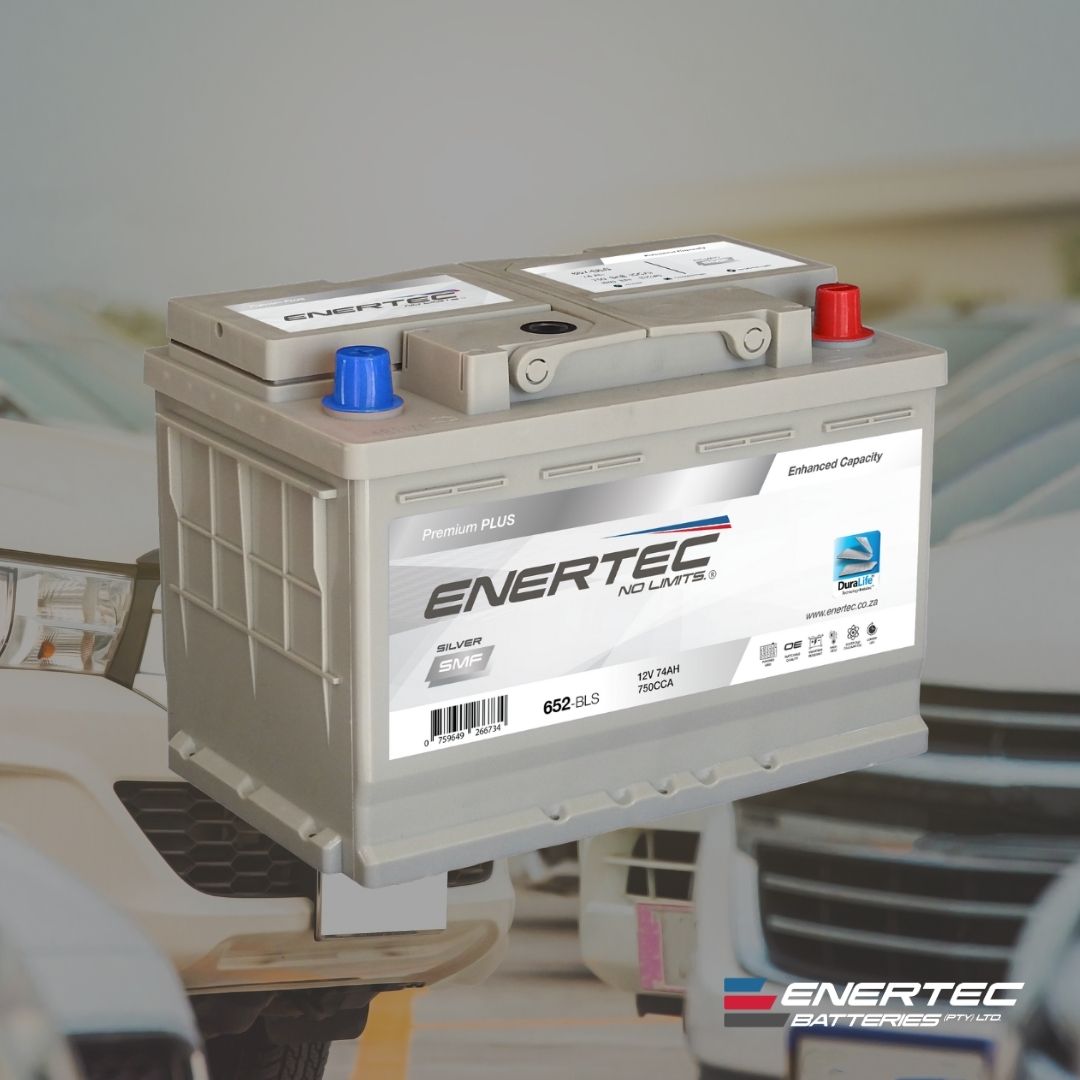2022-11-28 16:05:14
Battery cycle count comparison between lithium-ion vs lead-acid
Amid the boom, consumers are looking for a reason to purchase lithium-ion technology over cheaper yet more problematic lead-acid types. With phrases like, “lead is dead” becoming commonplace, both individuals and businesses find themselves asking if the hype over lithium-ion is grounded in reality or if lead-acid will always be the key player in battery technology. Finding metrics to compare the benefits of lithium-ion over lead-acid batteries are incredibly useful.
While lithium-ion certainly has its drawbacks, as any technology does, one of the main reasons people are making the switch to these batteries is their higher cycle count.
Understanding what battery cycle count is and its relevance.
The battery cycle count is simply the number of times a battery can be fully drained and recharged (also called a cycle) over its lifetime. A battery’s cycle life is the number of charge and discharge cycles that it can undergo before it reaches 80% of its original capacity, at which point its performance starts to drop drastically.
Because a battery slowly loses its ability to return to its original capacity over time, the number of cycles a battery can undergo is generally only counted up to the 80% of capacity mark. At the last 20%, a cell’s capacity will generally decline much faster than the initial 80%, leading to a sharp drop in performance.
It therefore stands to reason, holding all other factors constant, that a battery with a higher cycle count would last longer, as a higher number of cycles means that the battery is able to withstand more discharges and recharges.
How Lithium-ion battery cycle count works
A conservative estimate of the battery cycle count of lithium-ion batteries is between 1500 and 2000 cycles. However, in reality, a quality lithium-ion battery can last much longer than that if it is used under the correct conditions and over the course of its life can last up to 5000 cycles.
Because charging and discharging lithium-ion batteries at a higher rates increases the amount of stress placed on a battery, charging and discharging a lithium-ion battery at a lower recommended rate will drastically increase the number of cycles it can undergo in its lifetime. When operated at its optimal conditions with an appropriate Battery Management System, which is built into Enertec’s lithium-ion batteries, and good care, a quality lithium-ion battery will last at least 5 - 8 years. However, they can and do last even longer, even up to 10-15 years.
How lead-acid battery cycle count works
Lead-acid batteries are a lot more finicky when it comes to their charging conditions. This is because low levels of charge can lead to stratification, sulphation, corrosion, and a host of other issues. Without going too much into detail on what these problems involve, suffice it to say that all of the common results of deeply discharging a lead-acid battery too often drastically reduce its performance and longevity.
Conservatively, a lead-acid battery can last up to 200 cycles. However, a well-maintained battery can actually last up to 1500 cycles, if not more. This is especially true if they are kept from dropping below 50% charge. However, because lead-acid batteries are so sensitive to temperature and charge levels, this is normally not the case. With typical use, lead-acid batteries tend to last about 2-3 years, with a maximum of about 5 years.
As is clear, the cycle count of a battery can vary widely depending on its charge conditions and overall care. However, it is apparent that lithium-ion batteries generally have a much higher cycle count than lead-acid batteries, making them the best battery investment over the long term.
With Lithium-ion battery's superior technology, reliability, and efficiency are there any disadvantages?
· Overcharging
Lithium-ion batteries cannot absorb overcharge. Prolonged trickle charging can lead to plating of the metallic lithium, which can cause unstable conditions within the battery. Because lithium is naturally a more unstable element, overcharging can have quite serious safety implications.
Using an approved charger with the appropriate cutoff is crucial, as leaving a lithium-ion battery on a trickle charger for a prolonged period can lead to fires or even explosions. In fact, lithium-ion batteries do not even need to be fully charged to operate optimally. High voltages place additional stress on the battery and can reduce the life of the battery.
· Overheating
Lithium-ion batteries are widely understood to be sensitive to extreme temperatures. Very high temperatures can cause permanent damage to their internal components, and also make them extremely hazardous. Because of the inherent instability of lithium chemistry, extreme temperatures can cause unwanted reactions inside the battery, compromising its safety.
The ideal temperature for the storage and operation of lithium ion batteries is around 15°C. However, the acceptable range is generally between 5°C and 20°C.
Because of this, it is important for those in hot climates (which applies to South Africa) to store and use lithium-ion batteries at a safe temperature. This means putting temperature control mechanisms in place, such as air conditioning or insulation.
It is important to become acquainted with the manufacturer’s instructions on the correct handling, storage, and charging of lithium-ion batteries, which will provide guidelines on temperature management.
· Manufacturing quality control
Adding to the issues raised about the safety of lithium-ion batteries regarding temperature and charging, manufacturing quality control can be a problem for the same reasons. Because lithium-ion batteries can be very dangerous under certain conditions, strict quality control has to be followed throughout the manufacturing process.
If this is not the case and a defect occurs, the safety of a battery can be severely compromised, increasing the risk of fires and explosions. This is another reason why a good quality lithium-ion battery is more expensive, as the factory would have strict processes in place to ensure that the batteries produced on their manufacturing floors adhere to the standards set out by the relevant laws and regulations.
Thankfully, because of these processes, defect rates are very low. Their failure rate is less than one in a million, so dangerous defects are rarely a cause for concern.
· Dedicated charging system
Because of the special chemistry of lithium-ion batteries and their associated safety risks, lithium-ion batteries should only be charged by a charger made for lithium-ion batteries. These chargers are able to cut off when the battery has reached capacity. The best charger for these batteries is a charger and maintainer that allows the charge of the battery to float at a capacity of no lower than 50% and no greater than 85%.
· Cost
With a more complicated manufacturing process, legal and certification fees, more expensive raw materials, and a host of other costs involved in getting the final product to the market, lithium-ion batteries tend to be quite a lot more expensive than lead-acid and other battery technologies. This can be quite a prohibitive factor, especially in constrained economies. However, the cost of lithium-ion batteries has been falling significantly over the years, and this is expected to continue as manufacturing becomes more scalable. When considering their higher cycle count and longer cycle life, the initial cost actually tends to balance out against lead-acid over time.
Enertec’s ongoing research and battery technology innovation drives acceptable solutions.
As a proudly knowledge-based distributor, Enertec is constantly reviewing and updating its range of products to suit the local market and stay on top of developing trends in the industry.
Enertec Batteries now brings you Enertec Energy, which has paired with producers, i-G3N, a local manufacturer of high quality modular LiFePO4 batteries, and GT Megatank, a producer of On & Off-grid Hybrid all-in-one ESS solutions, LiFePO4 batteries, and Portable Power Stations. Along with Enertec’s existing range of LiFePO4 lithium-ion batteries, Enertec is driving Africa forward in battery innovation.
To find out more about our latest developments, visit our website today or follow us on social media to keep up to date with our advancements as they happen.



